| Our 4 x 4s traversing dry lahar fields and small streams |
Mt. Pinatubo was prominent in my Bucket List of places to visit and I readily joined the 5-day, North Philippines Visitors Bureau (NPVB) and Manila North Tollways Corp. (MNTC)-sponsored Lakbay Norte 2 Tour as it figured prominently in the itinerary. We were now in the third day of the tour and we left Microtel Inn & Suites Luisita (Tarlac) very early in the morning, eating our packed breakfast on our special Victory Liner bus along the way. By 7 AM, we arrived at our jump-off point for the trek to Mt. Pinatubo’s 2.5-km. wide Crater Lake – P.D.C. (Pull Travel Destination Corp.) Spa Town in Brgy. Sta. Juliana in Capas in Tarlac.
| The Trek Begins…. |
Normally, trekking via the Capas Trail (the easiest route to Mt. Pinatubo), passing by lahar deserts, would have taken us a grueling 6-8 hours on foot. However, five 4 x 4, 5-pax (including our driver) all-terrain vehicles, a mix of short wheelbase land cruisers and homemade jeeps, were made available for our use. These were to negotiate some of the watery and rocky paths across Crow Valley, unreachable by other kinds of vehicles. The drive through the valley, though at times bumpy, was exhilarating, with spectacular views of the Cabusilan Mountain Range. After an hour, we arrived at the base of the mountain, the jump-off point of our trek. From here, it was to be all 2-3 hours (dependent on our fitness and ability and the size of our group) of footwork, through the valley and up a mountain path, to the Crater Lake. Normally, a very hot trek, especially during the summer months (when the light gray volcanic ash reflect the rays of the sun), we were fortunate this day as it obviously rained the day before and it was quite windy. Just the same I applied sun block lotion and wore a cap, shorts, sturdy rubber sandals, plus my a comfortable light blue and white MNTC-supplied T-shirt.
| A surreal but serene landscape |
The trek, though very tiring, was truly exhilarating as we traversed sometimes fairly flat and dry lahar riverbeds and oftentimes rocky ground and crossed numerous small creeks and rivers by jumping from boulder to boulder or, in my case, I just getting my feet wet under the cold water (truly a different kind of experience). After a short, final hurdle up paved steps, we reached our destination – viewpoint for observing the magnificent crater and it turquoise-colored lake created during the 1991 Pinatubo eruption. The viewpoint was developed to cater to us tourists.
 |
| Boating at the Crater Lake |
After a few minutes of rest and quietly admiring the beautiful scenery set before us, most of us went down the paved steps down to the lake where a number of us rode boats, in two trips, and were rowed to the other side of the lake by an Aeta boatman. The others, including me, contented themselves with dipping our feet in the cool lake waters while two others (Karlo de Leon and Melissa Dizon) took to swimming its deep water. Upon the arrival of the second boat load, we all made our way back up to the rest area, bade farewell to this magnificent creation of nature’s fury and made our way back to our respective vehicles. The return hike was easier and done in half the time it took to get there as it was mostly downhill. The uphill climb to our vehicle’s parking area was the most strenuous. As soon as everyone was accounted for, we all returned to our assigned 4 x 4s, too tired to even take pictures, and made our way back to P.D.C. Spa Town.


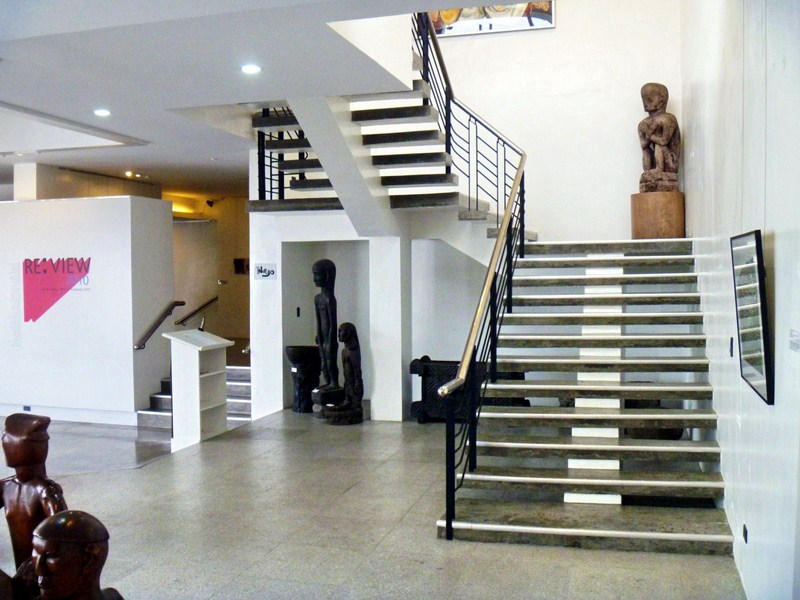
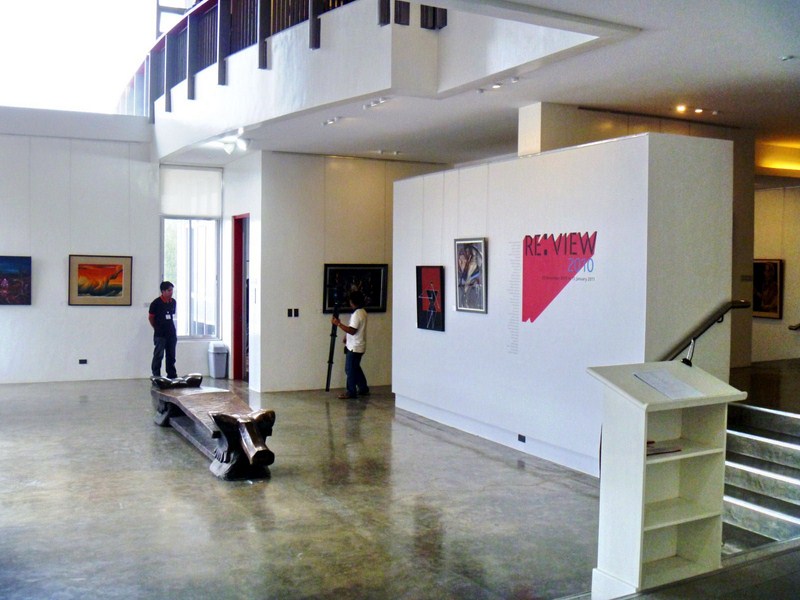
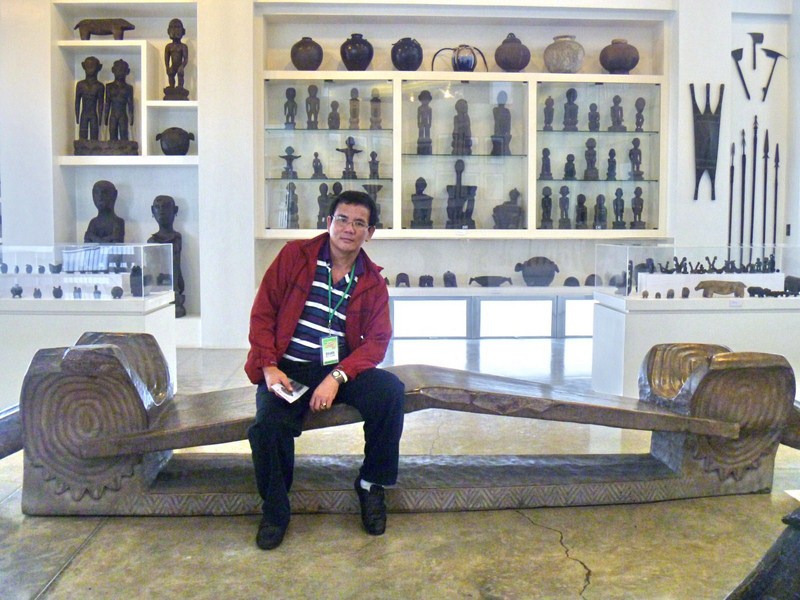
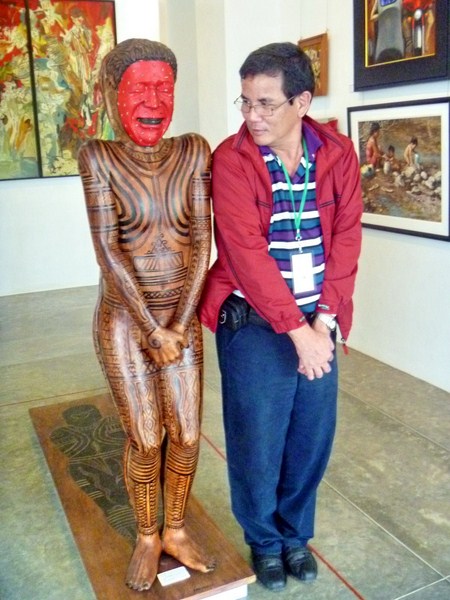
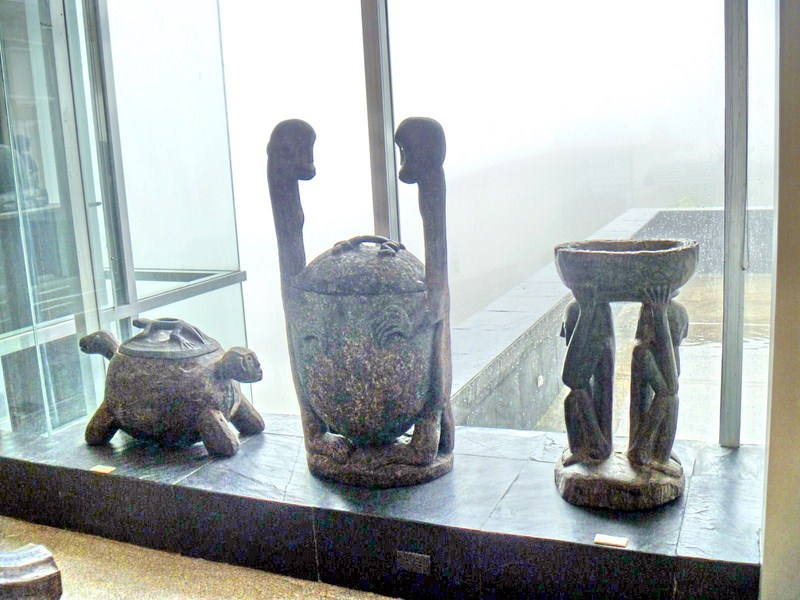
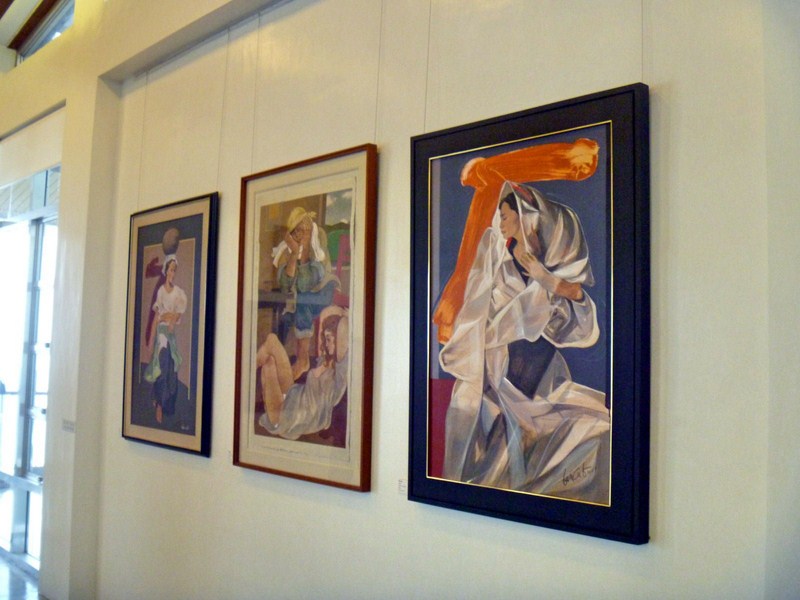
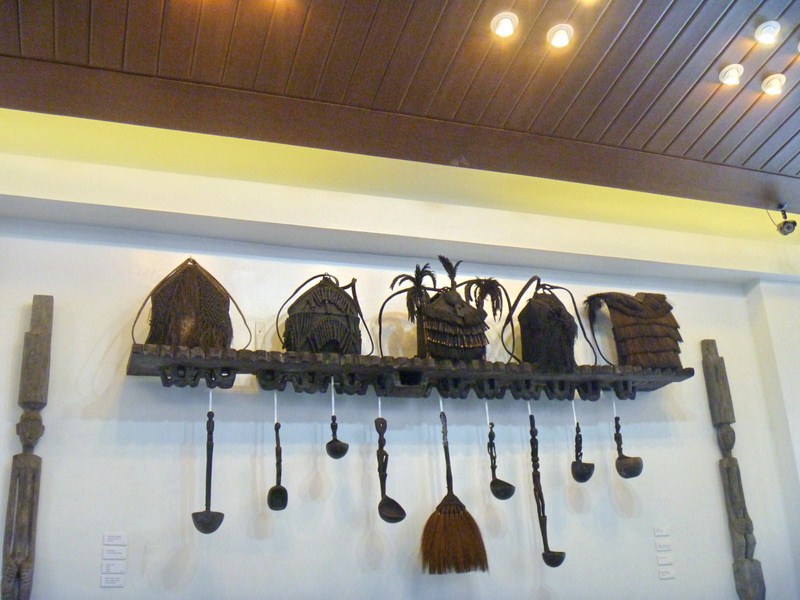
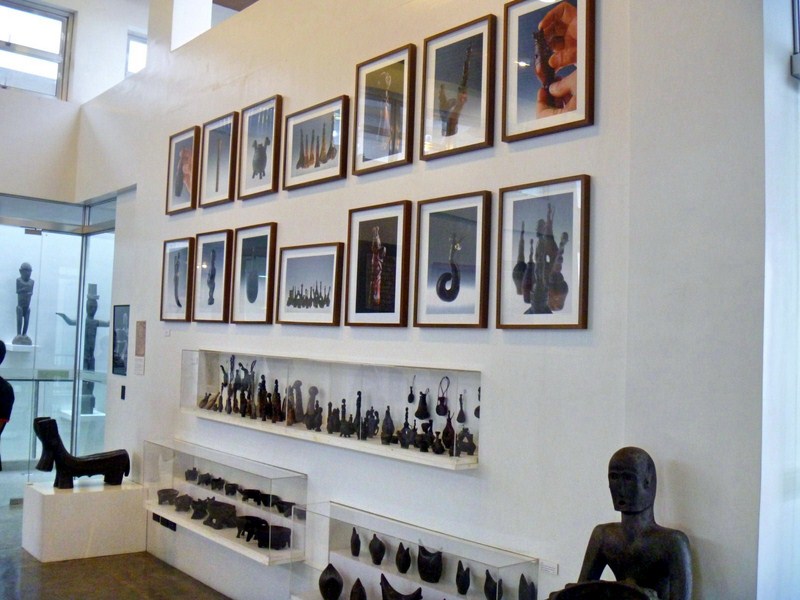
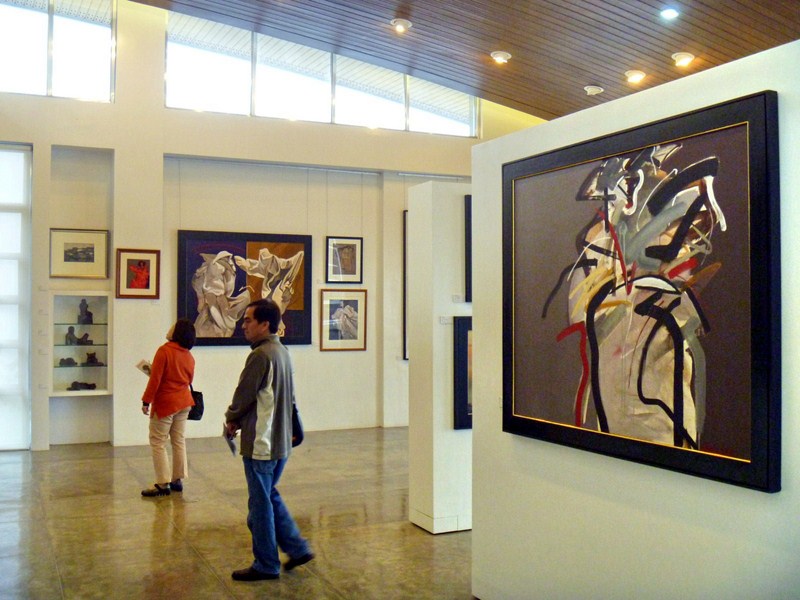
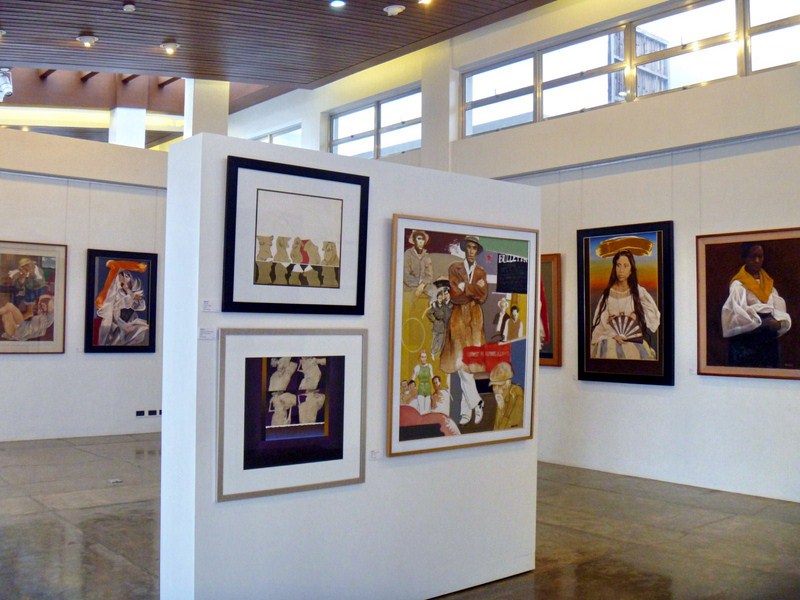
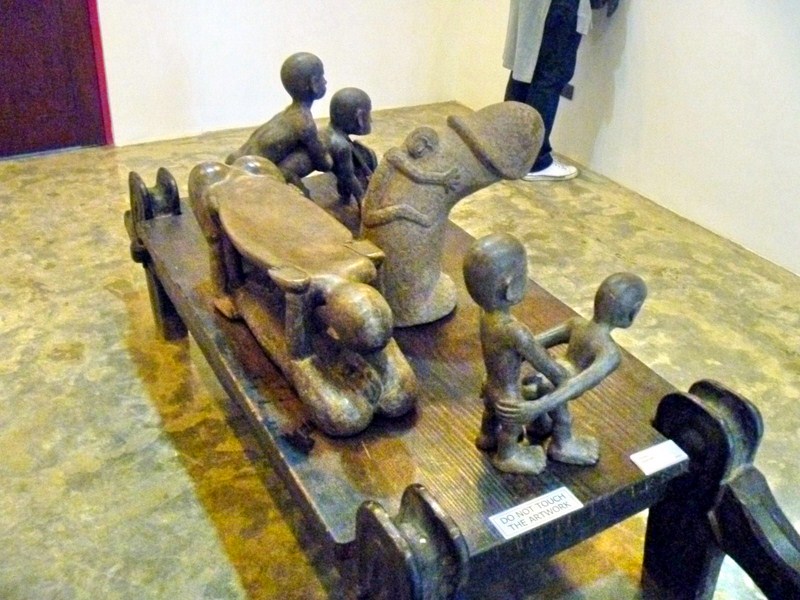
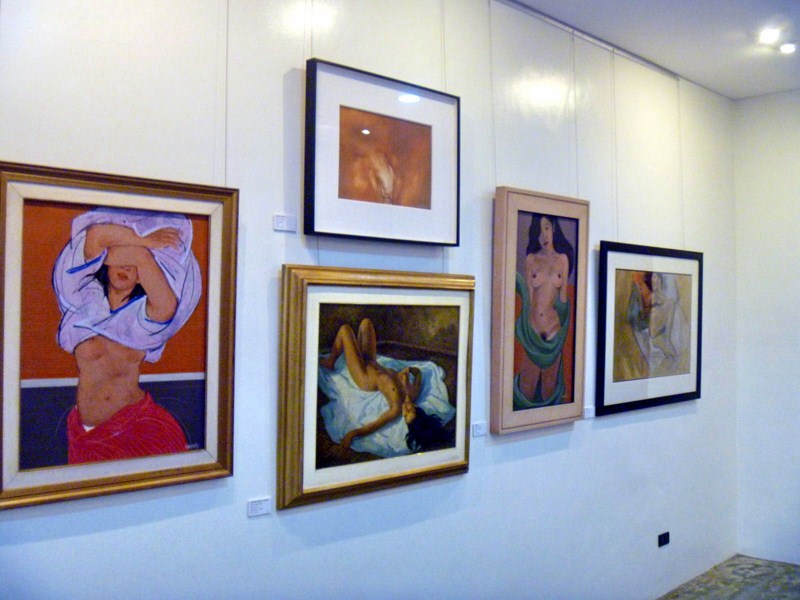
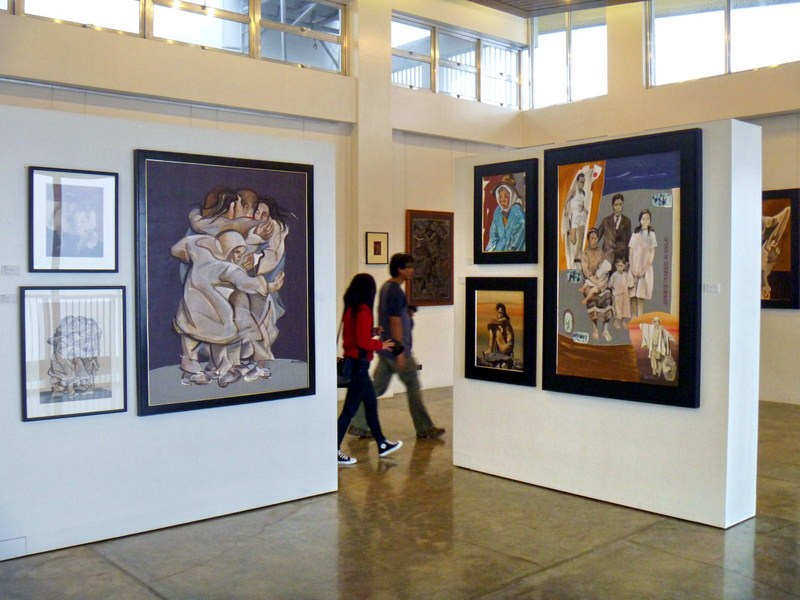
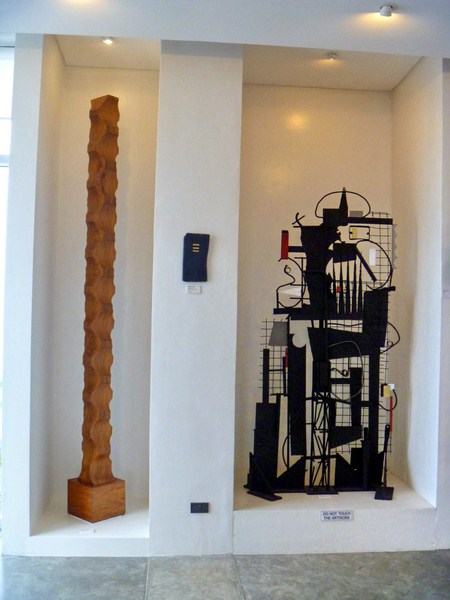
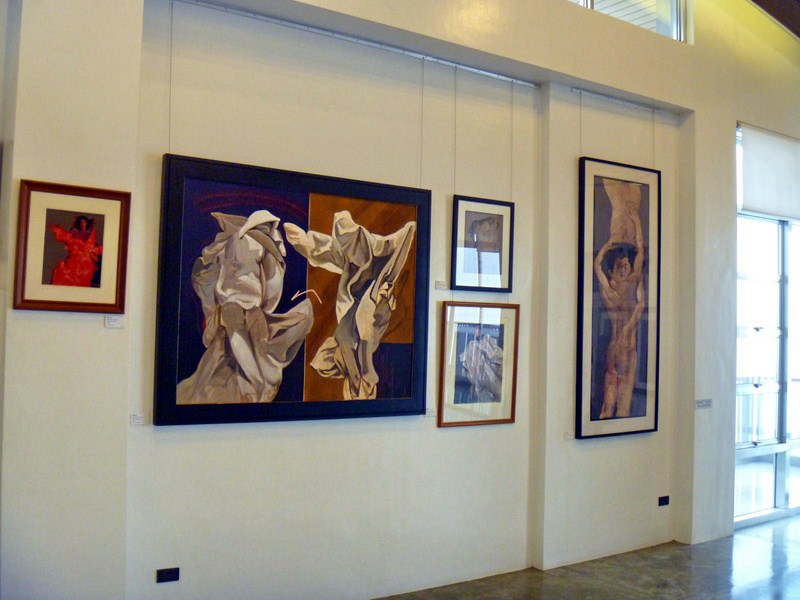
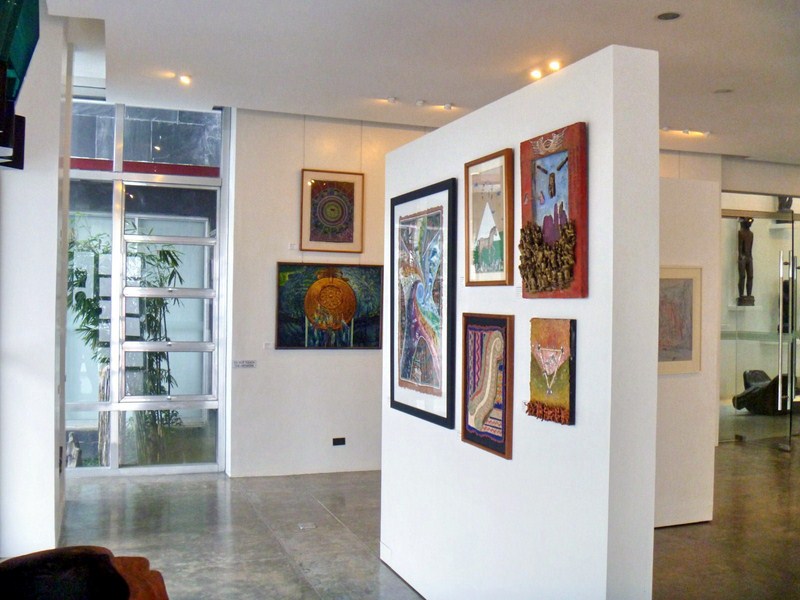
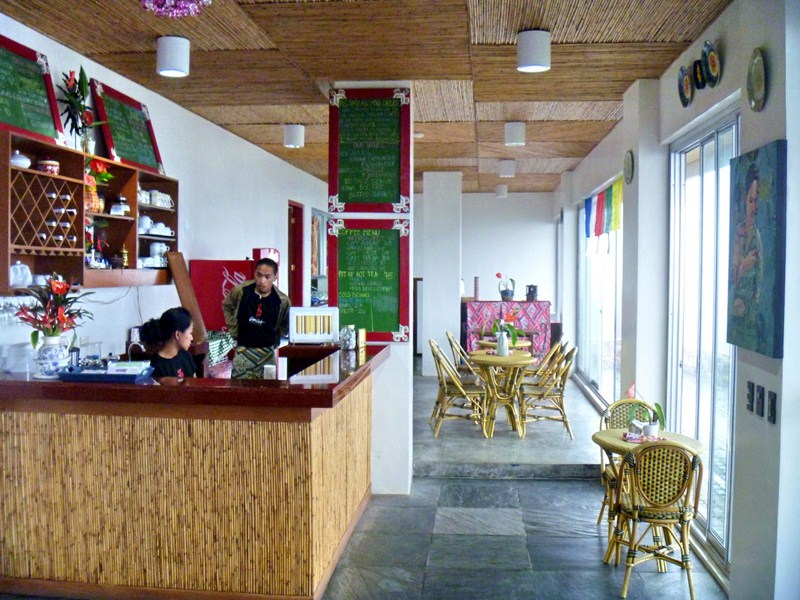

.jpg)
.jpg)
